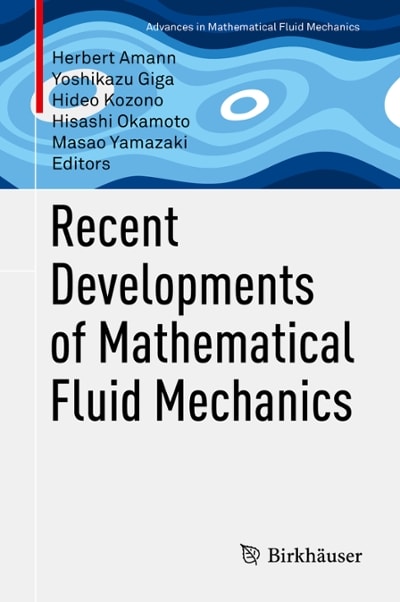Question
A researcher compares two compounds (1 and 2) used in the manufacture of car tires that are designed to reduce braking distances for SUVs equipped
A researcher compares two compounds (1 and 2) used in the manufacture of car tires that are designed to reduce braking distances for SUVs equipped with the tires. SUVs equipped with tires using compound 1 have a mean braking distance of 63 feet and a standard deviation of 13.0 feet. SUVs equipped with tires using compound 2 have a mean braking distance of 68 feet and a standard deviation of 6.8 feet. Suppose that a sample of 76 braking tests are performed for each compound. Using these results, test the claim that the braking distance for SUVs equipped with tires using compound 1 is shorter than the braking distance when compound 2 is used. Let 1 be the true mean braking distance corresponding to compound 1 and 2 be the true mean braking distance corresponding to compound 2. Use the 0.05 level of significance.
Step 1 of 4 : State the null and alternative hypotheses for the test.
Step 2 of 4: Compute the value of the test statistic. Round your answer to two decimal places.
Step 3 of 4: Determine the decision rule of rejecting the null hypothesis Ho. Round the numerical portion of your answer to three decimal places.
Step 4 of 4: Make the decision for the hypothesis test
Step by Step Solution
There are 3 Steps involved in it
Step: 1

Get Instant Access to Expert-Tailored Solutions
See step-by-step solutions with expert insights and AI powered tools for academic success
Step: 2

Step: 3

Ace Your Homework with AI
Get the answers you need in no time with our AI-driven, step-by-step assistance
Get Started


